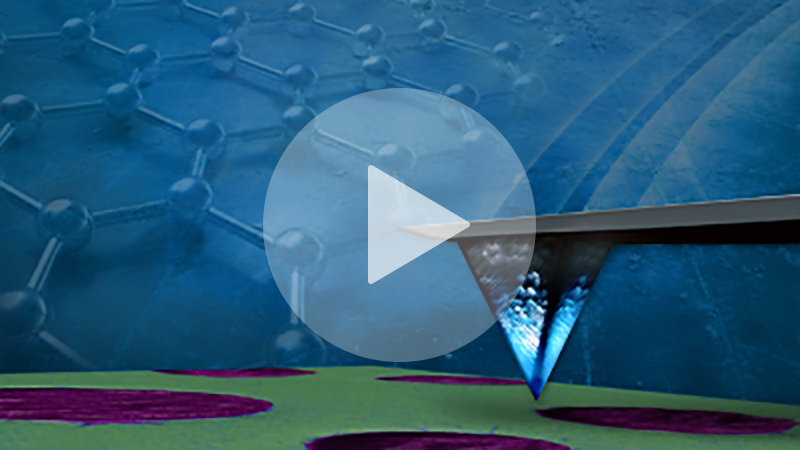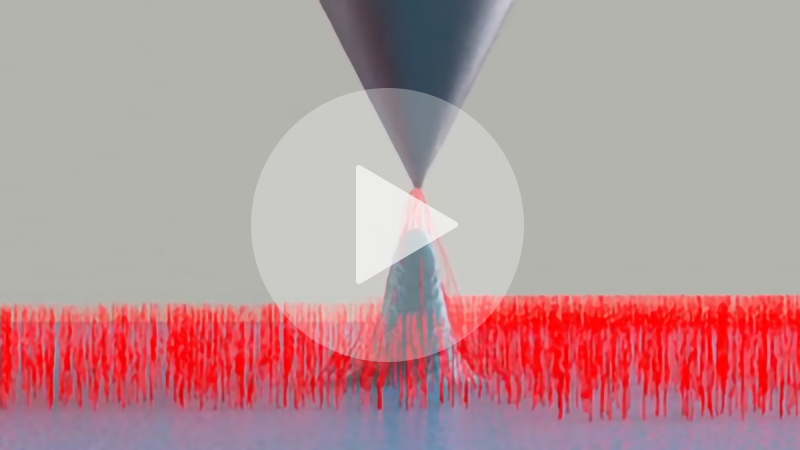Deep Learning to Establish Structure-Property Correlations Using AFM PFQNM Images
PRESENTATION HIGHLIGHTS
- [00:04:59] How can we use machine learning to improve interpretation of AFM images?
- [00:16:59] Introduction to PeakForce QNM
- [00:26:53] How was the data collected?
- [00:34:45] Data pre-processing
- [00:43:09] Classifying AFM images of ICPs
- [00:45:50] Overview of convolutional neural nets (CNN) used in the study
- [00:47:34] Results
- [00:50:19] Structure-property correlations of AFM images with bulk mechanical properties
- [00:56:19] Potential future applications
LIVE AUDIENCE Q&A:
- [00:57:55] What kind of regularization model do you use to prevent over-training?
- [00:59:00] What hardware/software do you need—does the AutoMET software used function as a plug-in for all Bruker AFMs?
- [01:00:15] What seemed to affect tip-wear most (sample surface roughness, modulus, PeakForce scan rate, etc.)?
- [01:00:15] What are the effects of changing probes? Can that introduce errors into your measurements?
- [01:02:14] On a scan size of 10 μm: If the rubber size distribution is broad, shouldn't you include a different scale? Do you add bias by only using one single 10 μm by 10 μm scale?
- [01:04:04] What is the difference between classification correlation models and do you train different models to predict each property?
- [01:05:57] Describe the Notched Izod property.
- [01:06:59] How do you prepare the sample surface? Is there a model like this that is able to differentiate phase size and distribution changes between the scan and core of a molded part?
- [01:10:31] How does AutoMET actually differ from ProgramMove on the Dimension Icon system?






